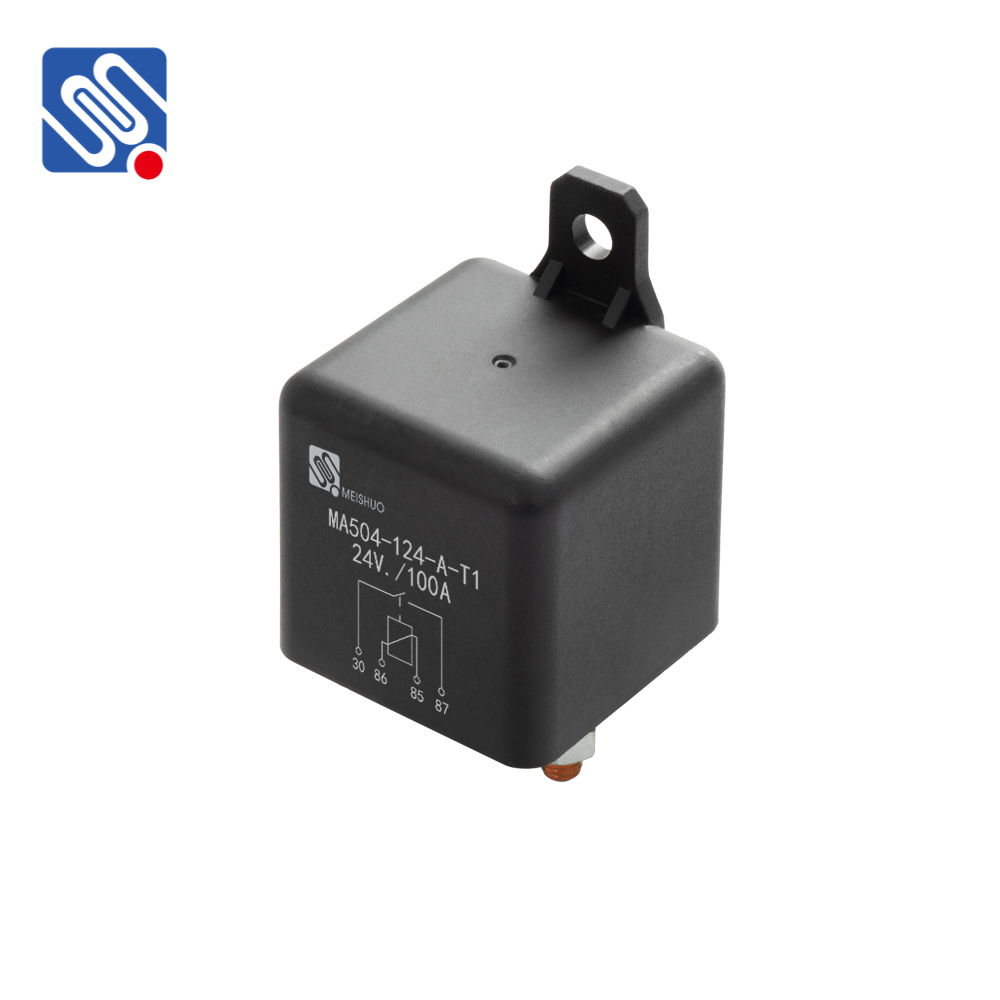The 12V 100A relay serves as a crucial component in the electrical systems of modern vehicles and industrial machinery. By enabling the control of high-power applications with low-power signals, these relays help ensure the efficient operation of a variety of devices. In this article, we will discuss the fundamental aspects of the 12V 100A relay, focusing on its working principle, applications, features, and installation considerations.

What is a Relay? A relay is an electromagnetic switch that allows a low-power signal to control a larger power load. It consists of an electromagnet, an armature, a spring, and one or more sets of contacts. When current flows through the coil of the electromagnet, it generates a magnetic field that attracts the armature, causing it to move and either close (in the case of a normally open relay) or open (for normally closed relays) the circuit connected to the load. The Working Principle of the 12V 100A Relay The 12V 100A relay operates on a similar principle. It is designed to operate at 12 volts, which is a common voltage for automotive applications. The relay can safely handle a maximum current of 100 amps, making it suitable for controlling high-power devices such as motors, lights, heaters, and other electrical equipment.